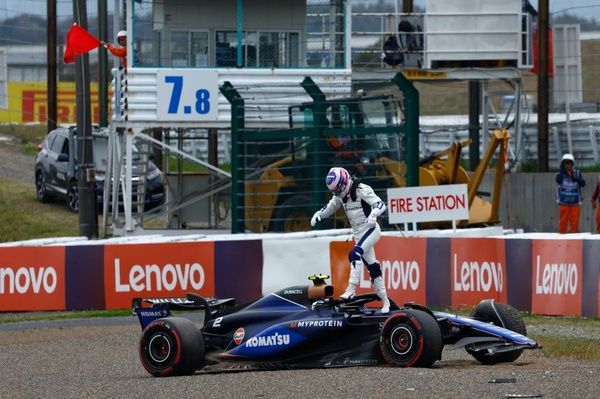F1 considers removing fuel capacity limit for 2017
Formula 1 is considering abandoning the current fuel capacity limit to ensure a driver can push throughout a grand prix and avoid the much-maligned lift and coast

Under the current regulations each car is restricted to a maximum fuel-flow rate of 100kg per hour, but also confined to using no more than 100kg throughout a race.
The disparity means drivers often have to enter into fuel-saving mode during a grand prix, which has led to frustrating instructions to lift and coast.
While the maximum fuel flow will be maintained, removing the ceiling on fuel usage will allow drivers to push for the entirety of a race, and in theory attack more.

This was one of the areas under discussion on Tuesday at the Strategy Group and F1 Commission meetings held in Geneva, and at present is still being considered as F1 looks to finalise the regulations for 2017.
"We are trying to ensure we keep the green message, which is obviously using the fuel-flow limitation, but having no fuel capacity limit," said McLaren racing director Eric Boullier.
"Every car has a different drag level, a different power level, so if you can bring more fuel it means your driver will not have to fuel save and is flat out for the race.
"That is going to be a key thing to improve overtaking, but this is still under discussion."
McLAREN PROPOSED 2017 'HALFWAY HOUSE'
With regard to increasing the performance of the cars, it was the 'McLaren proposal' that was eventually voted through and will be in place for 2017.
Given Red Bull's desire for aggressive changes to make the cars up to six seconds per lap faster, and with Mercedes ideally preferring to maintain the status quo, McLaren presented a 'halfway house' solution to make cars three seconds per lap quicker.
At Strategy Group level it was passed by 16 votes to two - with Red Bull and Mercedes the obvious dissenters - while at the F1 Commission it received the 66 per cent majority required, with 20 of the 26 voters opting in favour.
Explaining some of the detail behind the proposal, Boullier said: "We have downtuned the power of the diffuser a little, while the FIA has played with the wings and the beam system, and stuff like this.
"In the end the simulations showed we should be faster, between three to five seconds, depending on the track."
Although quicker, one of the factors is whether overtaking will be improved.
Boullier believes so, adding: "Because we will generate more downforce through the floor than the wings, then the aero effect on the following car will be - for me - less than today.
"Today everything is the front wing so as soon as you are behind somebody then you lose all the downforce.
"If the driver has the confidence to brake late, then it can help him be brave, brake late and try to pass."
Be part of the Autosport community
Join the conversationShare Or Save This Story
Subscribe and access Autosport.com with your ad-blocker.
From Formula 1 to MotoGP we report straight from the paddock because we love our sport, just like you. In order to keep delivering our expert journalism, our website uses advertising. Still, we want to give you the opportunity to enjoy an ad-free and tracker-free website and to continue using your adblocker.














Top Comments